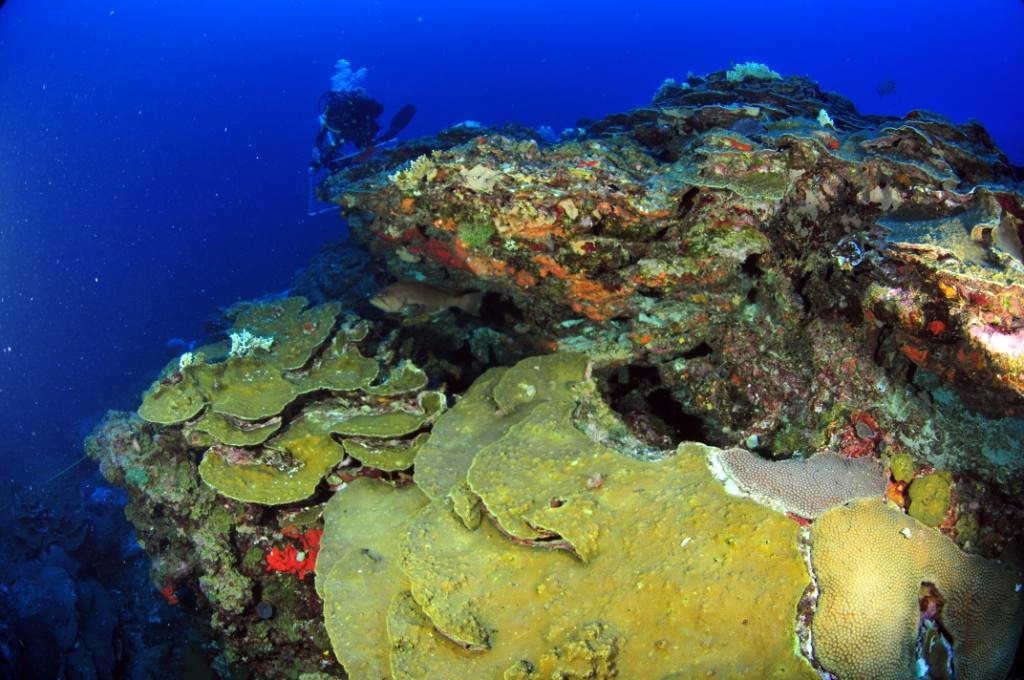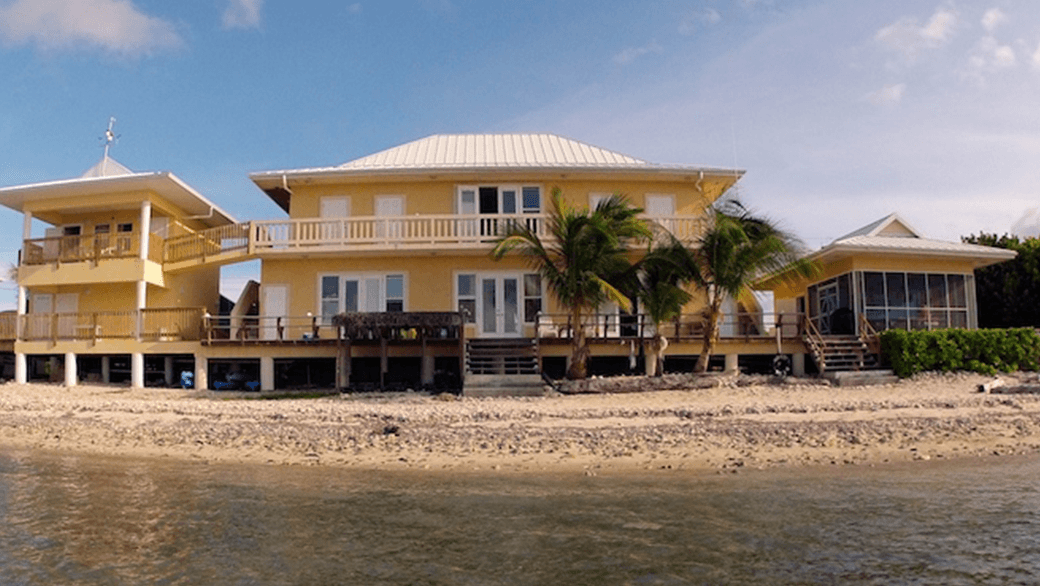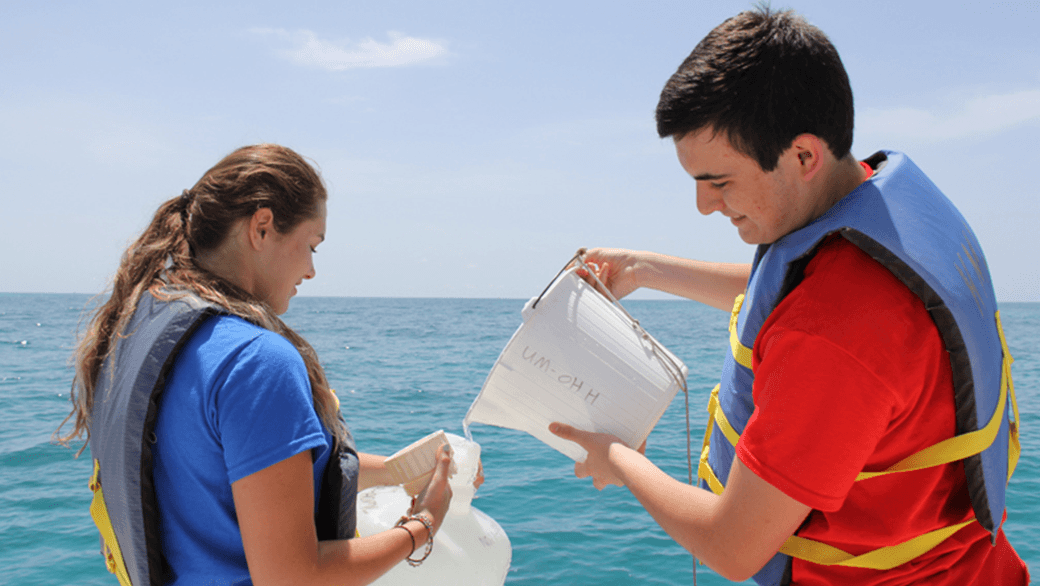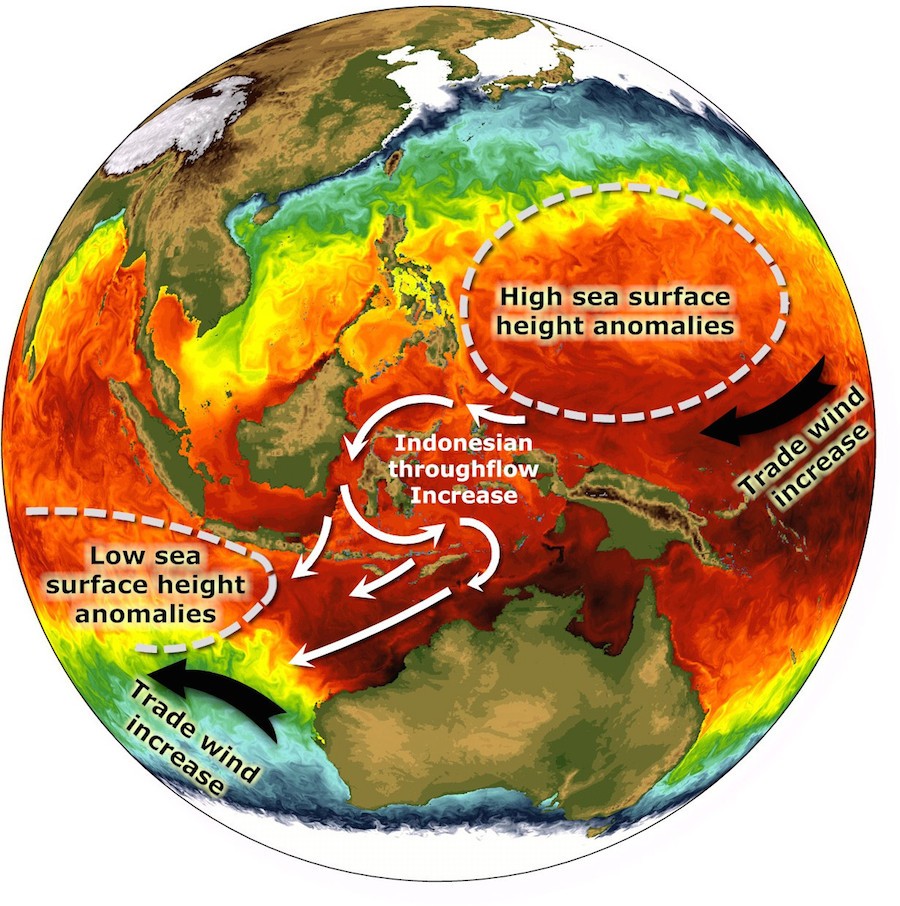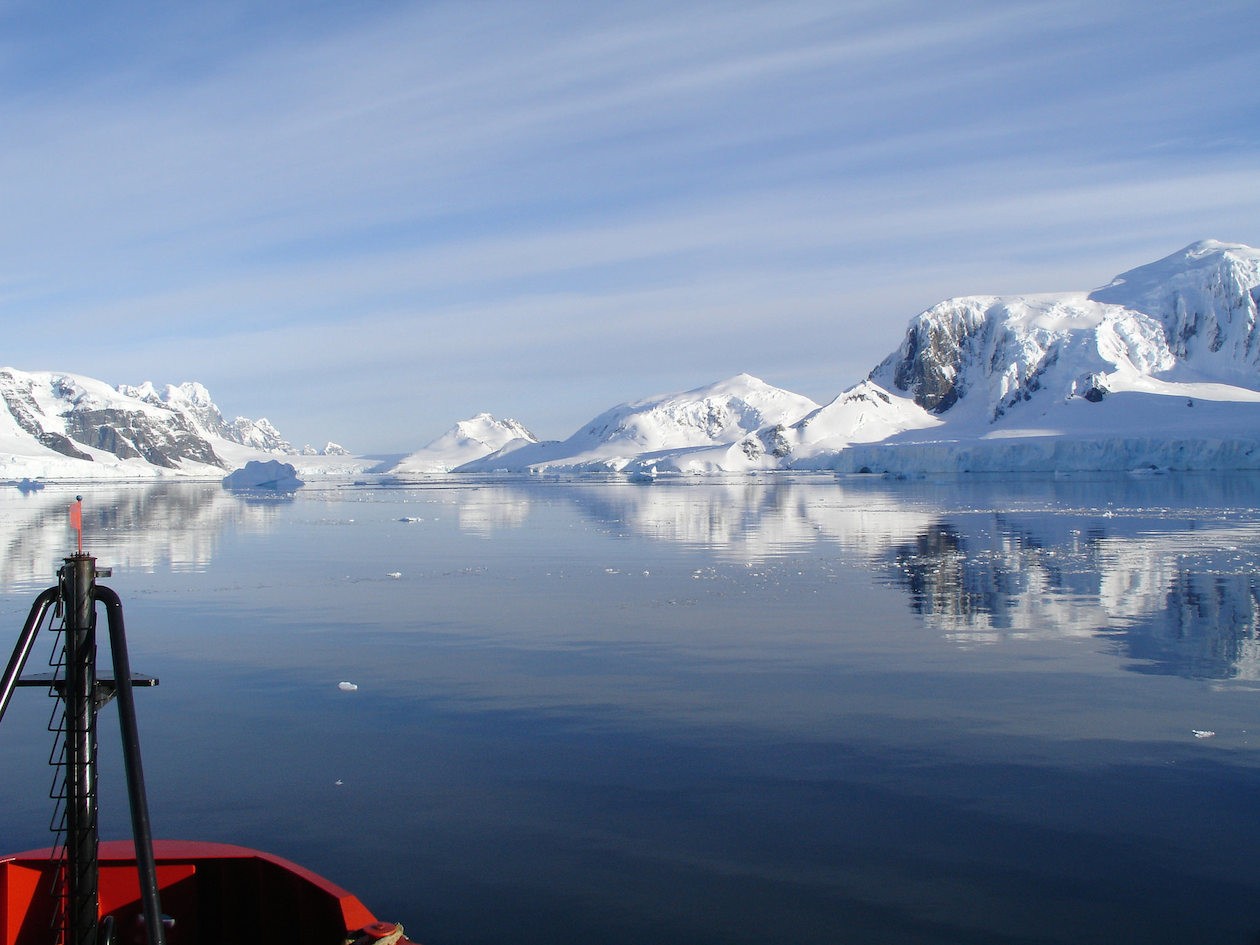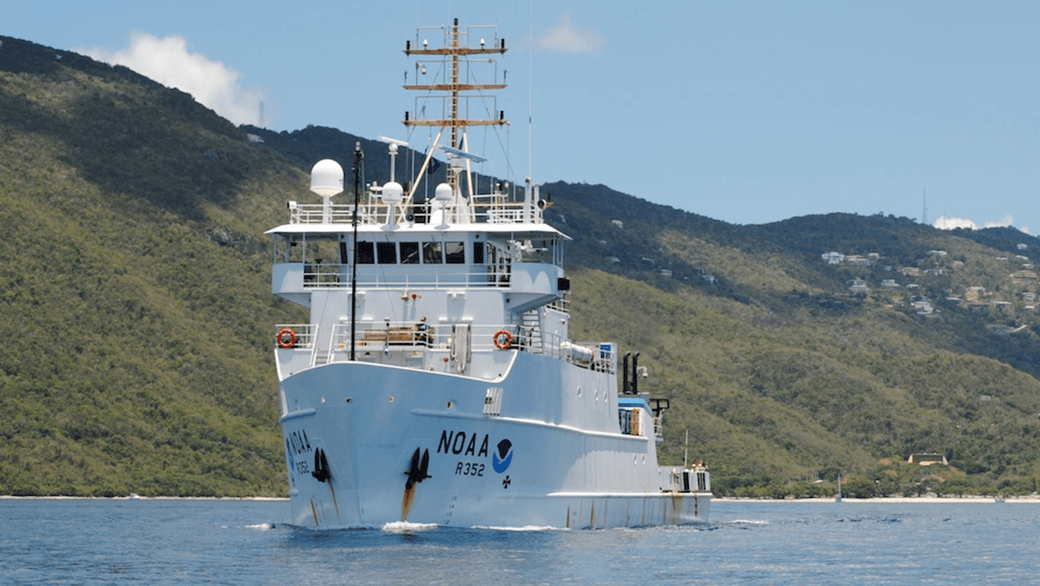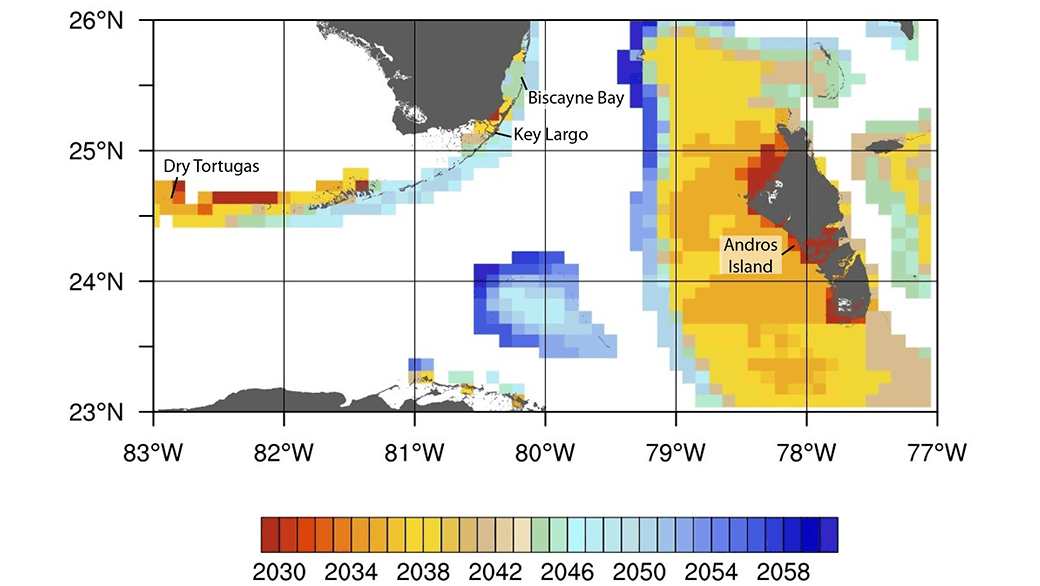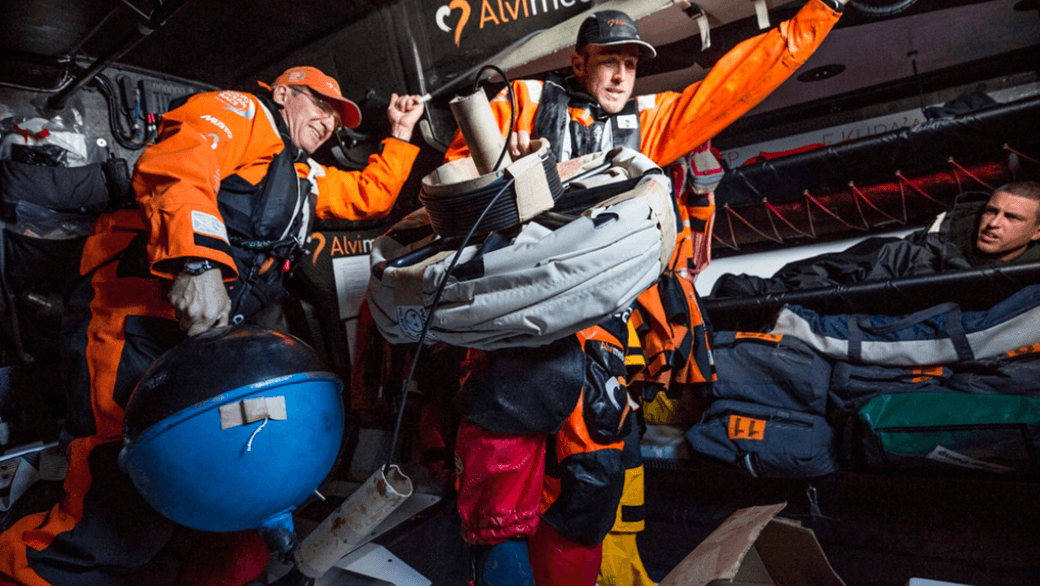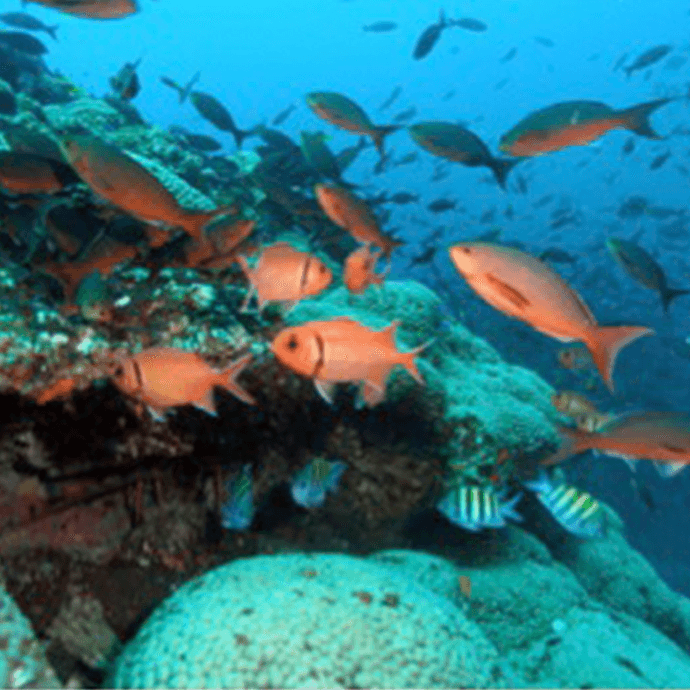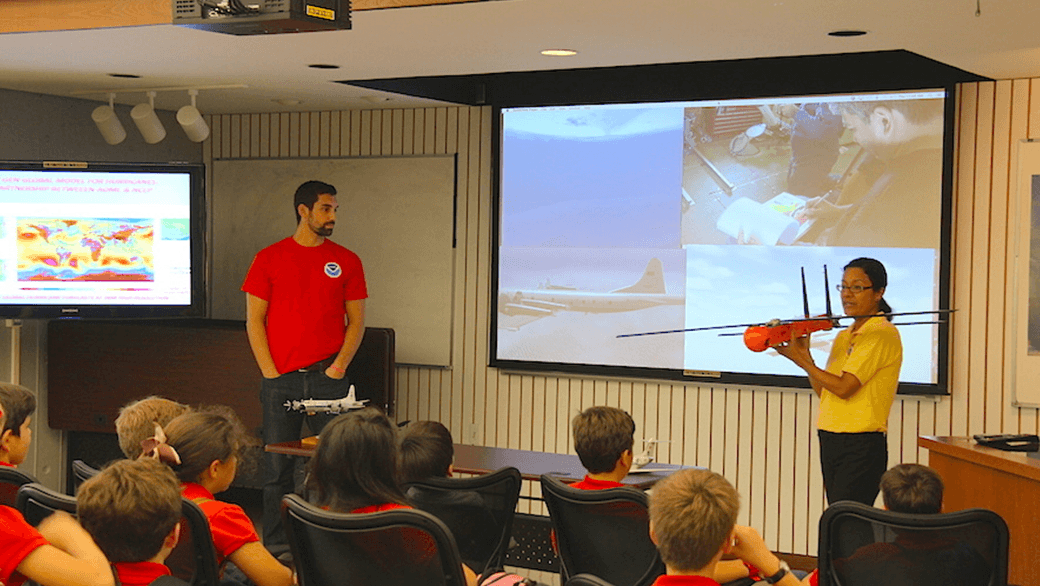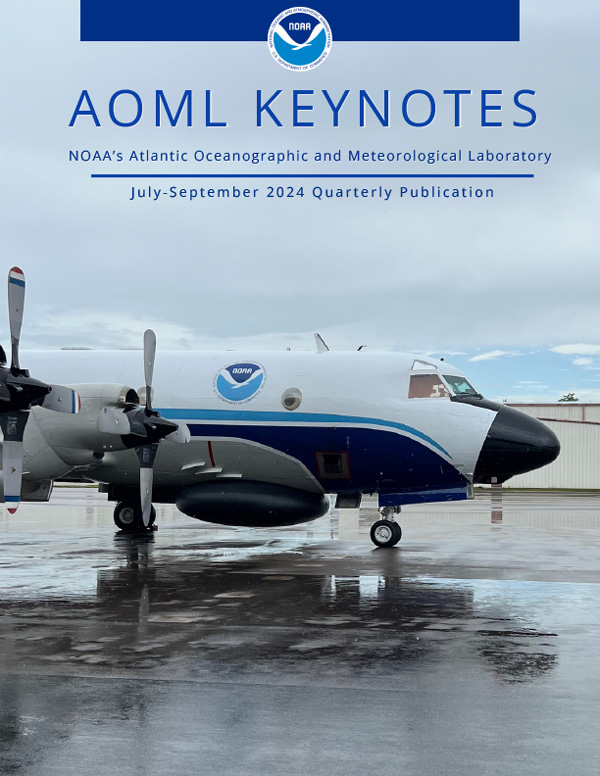AOML Establishes New Sites to Monitor Ocean Acidification in Gulf of America
Members of AOML’s Acidification, Climate, and Coral Reef Ecosystems Team (ACCRETE) recently traveled to two remote reef locations to expand the National Coral Reef Monitoring Program’s (NCRMP) network of sentinel climate and ocean acidification monitoring sites. The newly established sites, located in the Flower Garden Banks and the Dry Tortugas, will provide researchers with additional data and insights into the ocean’s changing chemistry and the progression of ocean acidification, as well as the ecological impacts of these variables across the Caribbean basin and the Gulf of America.
